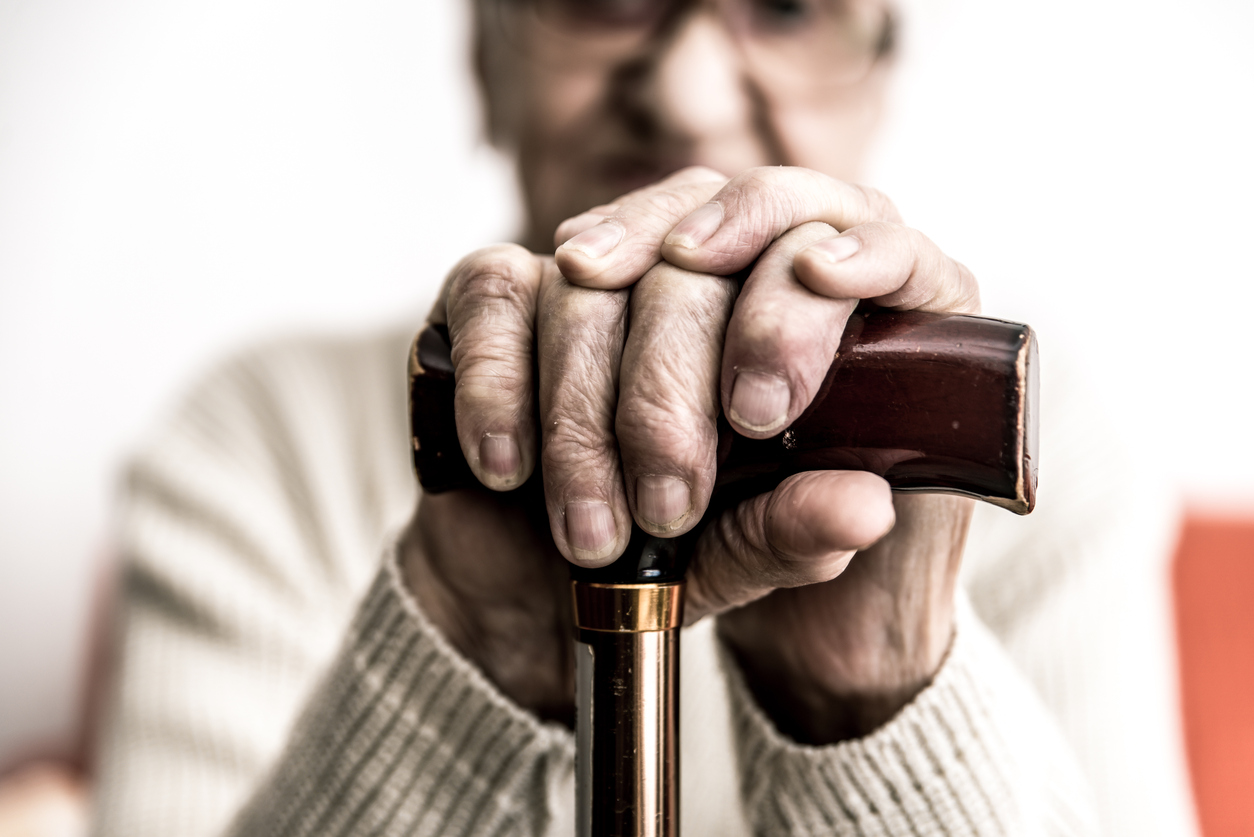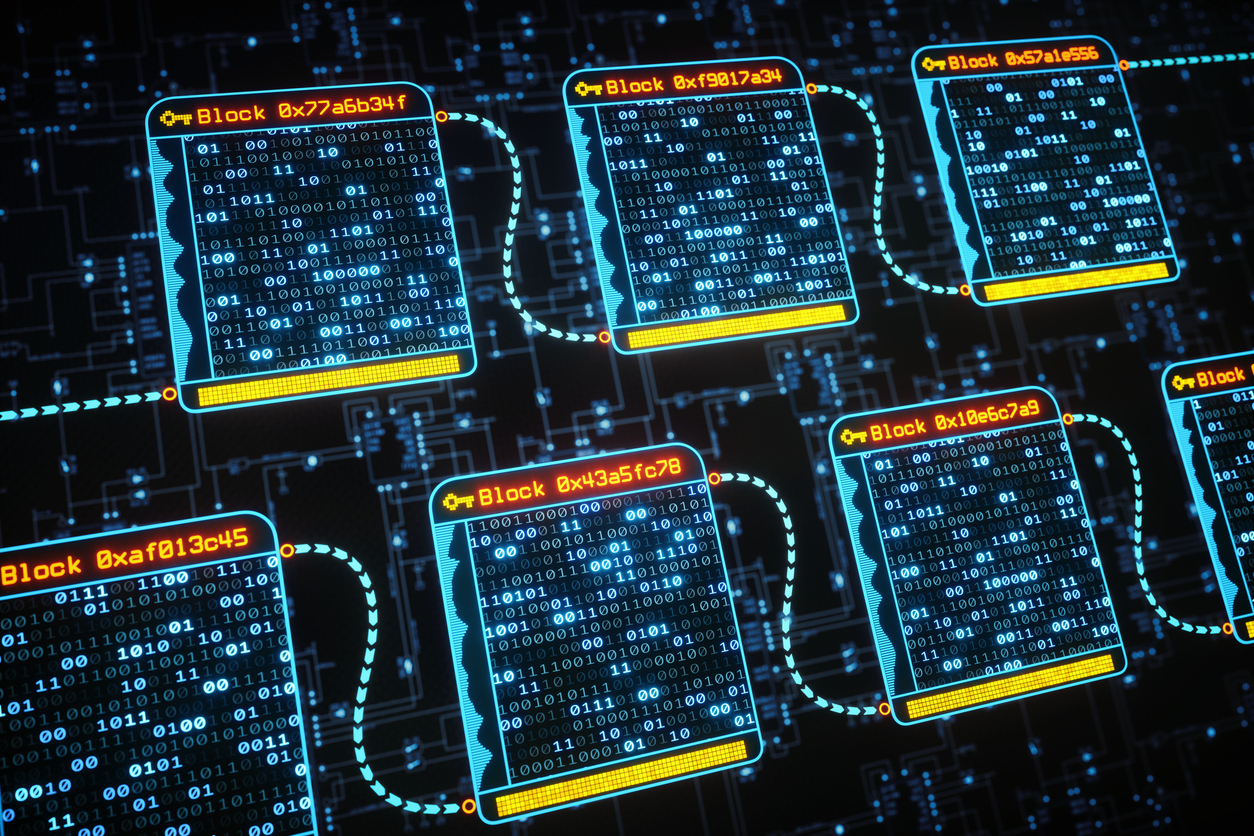Neuropathic pain is associated with disability, reduced quality of life and employment, and increased healthcare costs.
The prevalence of neuropathic pain in the general population ranges from 7% to 10%.2 The causes of neuropathic pain vary according to the source of nerves damaged. The most common causes of neuropathic pain include: diabetes (painful diabetic neuropathy (PDN)), shingles (post herpetic neuralgia (PHN)), amputation (phantom limb pain), neuropathic pain after surgery or trauma, stroke or spinal cord injury, trigeminal neuralgia, and HIV infection. Sometimes, the cause of infection is not known.3
Managing neuropathic pain is challenging as one medication or intervention is rarely proven to be effective in relieving the pain. Therefore, a multidisciplinary approach combining both pharmacological treatment and cognitive therapy is encouraged. Pharmacological interventions include the use of analgesics, antidepressants, antiepileptics, topical anaesthetics and anti-inflammatory medications.4
Topical capsaicin has been used for the management of neuropathic pain with varying effectiveness. Capsaicin binds to nociceptors (sensory receptors responsible for sending signals that cause the perception of pain) in the skin which controls movement of sodium and calcium ions across the cell membrane. Repeated applications of capsaicin or high concentration of capsaicin result in long lasting analgesic effect.5 This evidence summary focuses on the effectiveness of high concentration capsaicin patches for managing neuropathic pain.
Study characteristics
Randomised, double-blind, placebo-controlled studies of a minimum of six weeks’ duration, using high-concentration (5% or more) topical capsaicin to treat neuropathic pain were included. Participants included adults who had moderate or severe neuropathic pain.
Research quality
Studies included in the report had an unclear risk of selection bias. One study had high risk of bias due to its small size as it had a total of only 55 participants. Overall, the quality of the evidence ranged from very low to moderate depending on the outcomes reported in the studies.
Results
The following databases were searched: CENTRAL, MEDLINE, Embase, two clinical trials registries, and a pharmaceutical company’s website to 10 June 2016. The primary outcome measures included: participant-reported pain intensity reduction (PIR) of 30% or greater, the number of participant-reported PIR of 50% or greater and the percentage of improvement in Patient Global Impression of Change (PGIC).
The secondary outcomes measures included: any pain-related outcome indicating some improvement, withdrawals due to lack of efficacy and adverse events, the number of participants experiencing local adverse events and systemic adverse events.
The review included eight studies with a total of 2,488 participants with different types of neuropathic pain.
A total of four studies including 1,272 participants with post-herpetic neuralgia reported improvement in pain with high-concentration capsaicin than with ’active’ placebo, with the numbers needed to treat for an additional beneficial outcome (NNTs) of 8.8 (95% confidence interval (CI) 5.3 to 26) with high-concentration capsaicin and 7.0 (95% CI 4.6 to 15) with ’active’ placebo. One study with 369 participants included patients with peripheral diabetic neuropathy reported. The study reported that 10% more participants had at least a 30% reduction with high-concentration capsaicin than with placebo at 8 and 12 weeks of treatment.
Four studies included 1,272 participants with post-herpetic pain and found improvement of pain intensity reduction of 30% or greater in favour of the intervention compared to the control group.
Adverse events were common but not significantly different between the control and intervention groups. Withdrawal rates did not differ between the two groups. The treatment was not associated with death. The included studies that reported on pain reduction in favour of the intervention also reported on improvement of sleep, fatigue, depression and quality of life of the participants.
Conclusion
The small number of trials included in this summary found that high concentration of capsaicin was effective in reducing neuropathic pain associated with diabetes, HIV and post-herpetic neuralgia. There was also additional improvement of sleep, fatigue, depression and quality of life amongst the participants using the high concentration of capsaicin.
Implication for practice
High concentration topical capsaicin can be used to relieve neuropathic pain. Further studies on the effects of its long-term use in patients with chronic neuropathic pain are warranted.
DR HANAN KHALIL is the Director of the Centre for Chronic Disease Management, a collaborating centre of the Joanna Briggs Institute, Faculty of Medicine, Nursing and Health Sciences, Monash University, and a reviewer for the consumer group of the Cochrane Collaboration. She is also Editor in Chief of the International Journal of Evidenced Based HealthCare.
The purpose of this evidence summary is to provide the best available evidence for the effectiveness of vitamin E for managing mild cognitive impairment and Alzheimer’s dementia.
For the Full Cochrane review, please refer to: Farina N, Llewellyn D, Isaac MG, Tabet N. Vitamin E for Alzheimer’s dementia and mild cognitive impairment. Cochrane Database of Systematic Reviews 2017, Issue 1. Art. No.: CD002854. DOI: 10.1002/14651858.CD002854. pub4.1
References
- Derry S, Rice ASC, Cole P, Tan T, Moore RA. Topical capsaicin (high concentration) for chronic neuropathic pain in adults. Cochrane Database of Systematic Reviews 2017, Issue 1. Art. No.: CD007393. DOI: 10.1002/14651858.CD007393.pub4
- van Hecke O, Austin SK, Khan RA, Smith BH, Torrance N. Neuropathic pain in the general population: a systematic review of epidemiological studies. Pain 2014;155(4): 654–62. [DOI: 10.1016/j.pain.2013.11.013]
- Pergolizzi J, Ahlbeck K, Aldington D, Alon E, Coluzzi F, Dahan A, Huygen F, Kocot-Kępska M, Mangas AC, Mavrocordatos P, Morlion B. The development of chronic pain: physiological CHANGE necessitates a multidisciplinary approach to treatment. Current medical research and opinion. 2013 Sep 1;29(9):1127–35.
- Khalil H. Painful diabetic neuropathy management. International Journal of Evidence-Based Healthcare. 2013 Mar 1;11(1):77–9.
- Anand P, Bley K. Topical capsaicin for pain management: therapeutic potential and mechanisms of action of the new high-concentration capsaicin 8% patch. British Journal of Anaesthetics 2011;107(4):490–502. [DOI: 10.1093/bja/ aer260]














 PSA Chief Operating Officer Deb Bowden, Senator Zed Seselja and PSA National President Dr Shane Jackson.[/caption]
PSA Chief Operating Officer Deb Bowden, Senator Zed Seselja and PSA National President Dr Shane Jackson.[/caption]





 [post_title] => New Pharmacy House opens
[post_excerpt] =>
[post_status] => publish
[comment_status] => open
[ping_status] => open
[post_password] =>
[post_name] => new-pharmacy-house-opens
[to_ping] =>
[pinged] =>
[post_modified] => 2018-04-05 12:33:52
[post_modified_gmt] => 2018-04-05 02:33:52
[post_content_filtered] =>
[post_parent] => 0
[guid] => http://psa.studionerve.com/?p=1231
[menu_order] => 0
[post_type] => post
[post_mime_type] =>
[comment_count] => 0
[filter] => raw
)
[title_attribute] => New Pharmacy House opens
[title] => New Pharmacy House opens
[href] => http://psa.studionerve.com/new-pharmacy-house-opens/
[module_atts:td_module:private] => Array
(
)
[td_review:protected] => Array
(
)
[is_review:protected] =>
[post_thumb_id:protected] => 1239
)
[post_title] => New Pharmacy House opens
[post_excerpt] =>
[post_status] => publish
[comment_status] => open
[ping_status] => open
[post_password] =>
[post_name] => new-pharmacy-house-opens
[to_ping] =>
[pinged] =>
[post_modified] => 2018-04-05 12:33:52
[post_modified_gmt] => 2018-04-05 02:33:52
[post_content_filtered] =>
[post_parent] => 0
[guid] => http://psa.studionerve.com/?p=1231
[menu_order] => 0
[post_type] => post
[post_mime_type] =>
[comment_count] => 0
[filter] => raw
)
[title_attribute] => New Pharmacy House opens
[title] => New Pharmacy House opens
[href] => http://psa.studionerve.com/new-pharmacy-house-opens/
[module_atts:td_module:private] => Array
(
)
[td_review:protected] => Array
(
)
[is_review:protected] =>
[post_thumb_id:protected] => 1239
)












